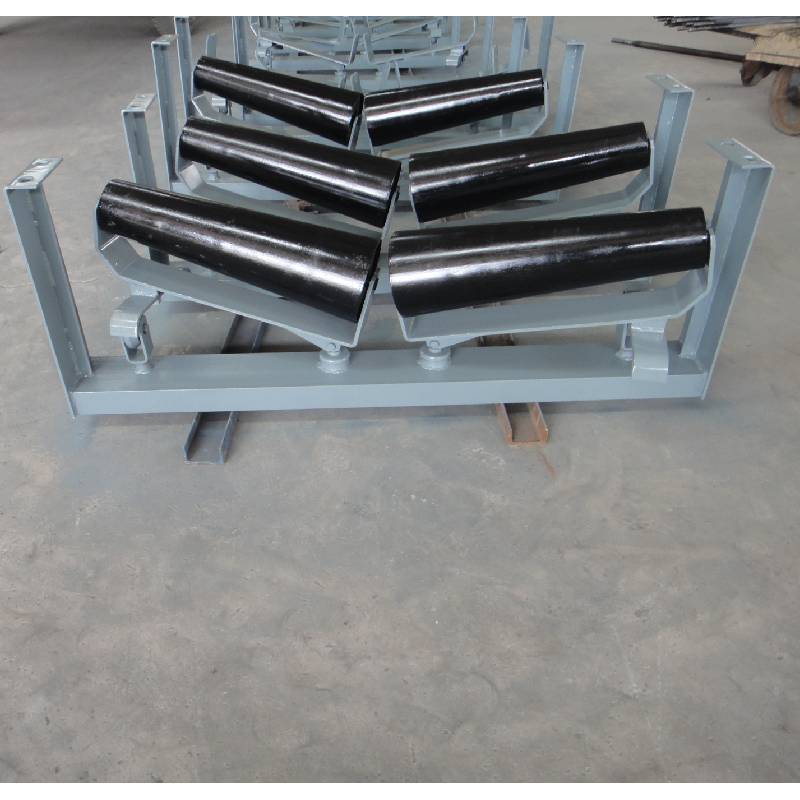 Afrikaans
Afrikaans  Albanian
Albanian  Amharic
Amharic  Arabic
Arabic  Armenian
Armenian  Azerbaijani
Azerbaijani  Basque
Basque  Belarusian
Belarusian  Bengali
Bengali  Bosnian
Bosnian  Bulgarian
Bulgarian  Catalan
Catalan  Cebuano
Cebuano  Corsican
Corsican  Croatian
Croatian  Czech
Czech  Danish
Danish  Dutch
Dutch  English
English  Esperanto
Esperanto  Estonian
Estonian  Finnish
Finnish  French
French  Frisian
Frisian  Galician
Galician  Georgian
Georgian  German
German  Greek
Greek  Gujarati
Gujarati  Haitian Creole
Haitian Creole  hausa
hausa  hawaiian
hawaiian  Hebrew
Hebrew  Hindi
Hindi  Miao
Miao  Hungarian
Hungarian  Icelandic
Icelandic  igbo
igbo  Indonesian
Indonesian  irish
irish  Italian
Italian  Japanese
Japanese  Javanese
Javanese  Kannada
Kannada  kazakh
kazakh  Khmer
Khmer  Rwandese
Rwandese  Korean
Korean  Kurdish
Kurdish  Kyrgyz
Kyrgyz  Lao
Lao  Latin
Latin  Latvian
Latvian  Lithuanian
Lithuanian  Luxembourgish
Luxembourgish  Macedonian
Macedonian  Malgashi
Malgashi  Malay
Malay  Malayalam
Malayalam  Maltese
Maltese  Maori
Maori  Marathi
Marathi  Mongolian
Mongolian  Myanmar
Myanmar  Nepali
Nepali  Norwegian
Norwegian  Norwegian
Norwegian  Occitan
Occitan  Pashto
Pashto  Persian
Persian  Polish
Polish  Portuguese
Portuguese  Punjabi
Punjabi  Romanian
Romanian  Russian
Russian  Samoan
Samoan  Scottish Gaelic
Scottish Gaelic  Serbian
Serbian  Sesotho
Sesotho  Shona
Shona  Sindhi
Sindhi  Sinhala
Sinhala  Slovak
Slovak  Slovenian
Slovenian  Somali
Somali  Spanish
Spanish  Sundanese
Sundanese  Swahili
Swahili  Swedish
Swedish  Tagalog
Tagalog  Tajik
Tajik  Tamil
Tamil  Tatar
Tatar  Telugu
Telugu  Thai
Thai  Turkish
Turkish  Turkmen
Turkmen  Ukrainian
Ukrainian  Urdu
Urdu  Uighur
Uighur  Uzbek
Uzbek  Vietnamese
Vietnamese  Welsh
Welsh  Bantu
Bantu  Yiddish
Yiddish  Yoruba
Yoruba  Zulu
Zulu roller guides
Understanding Roller Guides An Essential Component in Motion Control
In various industries, motion control is crucial for enhancing efficiency and precision in operations. One of the key components that facilitate smooth and controlled motion is the roller guide. Roller guides are mechanical devices that guide and support moving parts in machinery and equipment, ensuring that they operate smoothly, accurately, and with minimal friction.
What Are Roller Guides?
Roller guides consist of rolling elements—typically cylindrical rollers—that are housed within a track or guide. These guides are designed to support linear or rotary motion while minimizing wear and tear over time. They can be found in a wide array of applications, from manufacturing systems to automotive mechanisms and even in consumer products.
Types of Roller Guides
There are several types of roller guides, each suited to specific applications. The most common include
1. Linear Roller Guides These guides are widely used in machinery that requires precise linear motion. They allow components to move along a straight path and are often equipped with multiple rollers to distribute weight evenly. This feature reduces friction and enhances stability.
2. Rotary Roller Guides Used primarily in rotating systems, these guides facilitate smooth and continuous rotation. They are often found in applications such as conveyor belts and robotic arms.
3. Adjustment Roller Guides These guides offer the added benefit of adjustability, allowing for fine-tuning of the motion path in real-time. This adaptability is essential in complex systems where spacing and alignment may change during operation.
roller guides

Applications of Roller Guides
Roller guides play a pivotal role in various industries, including manufacturing, robotics, and transportation
. In manufacturing, they are crucial for CNC machines, ensuring that the cutting tools move with precision. In robotics, roller guides enable precise movements of robotic arms, allowing for accurate assembly and packaging processes.In the transportation sector, roller guides can be found in elevators and escalators, providing a safe and smooth experience for passengers. Moreover, they are used in railway systems, where they facilitate the smooth movement of trains along tracks.
Benefits of Using Roller Guides
The use of roller guides offers numerous advantages. First and foremost, they reduce friction, which in turn minimizes energy consumption. This efficiency is not only environmentally friendly but also cost-effective, as it leads to less wear on machinery and decreased maintenance costs.
Moreover, roller guides enhance accuracy in motion, which is vital in industries where precision is a requirement. The stability they provide contributes to overall operational reliability, reducing the likelihood of errors and increasing output quality.
Conclusion
In summary, roller guides are essential components in motion control systems across various industries. Their ability to facilitate smooth and precise movements makes them invaluable in applications ranging from manufacturing to transportation. By reducing friction and enhancing accuracy, roller guides play a critical role in improving efficiency and reliability, ultimately contributing to the success of modern technological systems. As industries continue to evolve, the importance of such innovative components will undoubtedly grow.
-
Revolutionizing Conveyor Reliability with Advanced Rubber Lagging PulleysNewsJul.22,2025
-
Powering Precision and Durability with Expert Manufacturers of Conveyor ComponentsNewsJul.22,2025
-
Optimizing Conveyor Systems with Advanced Conveyor AccessoriesNewsJul.22,2025
-
Maximize Conveyor Efficiency with Quality Conveyor Idler PulleysNewsJul.22,2025
-
Future-Proof Your Conveyor System with High-Performance Polyurethane RollerNewsJul.22,2025
-
Driving Efficiency Forward with Quality Idlers and RollersNewsJul.22,2025





























